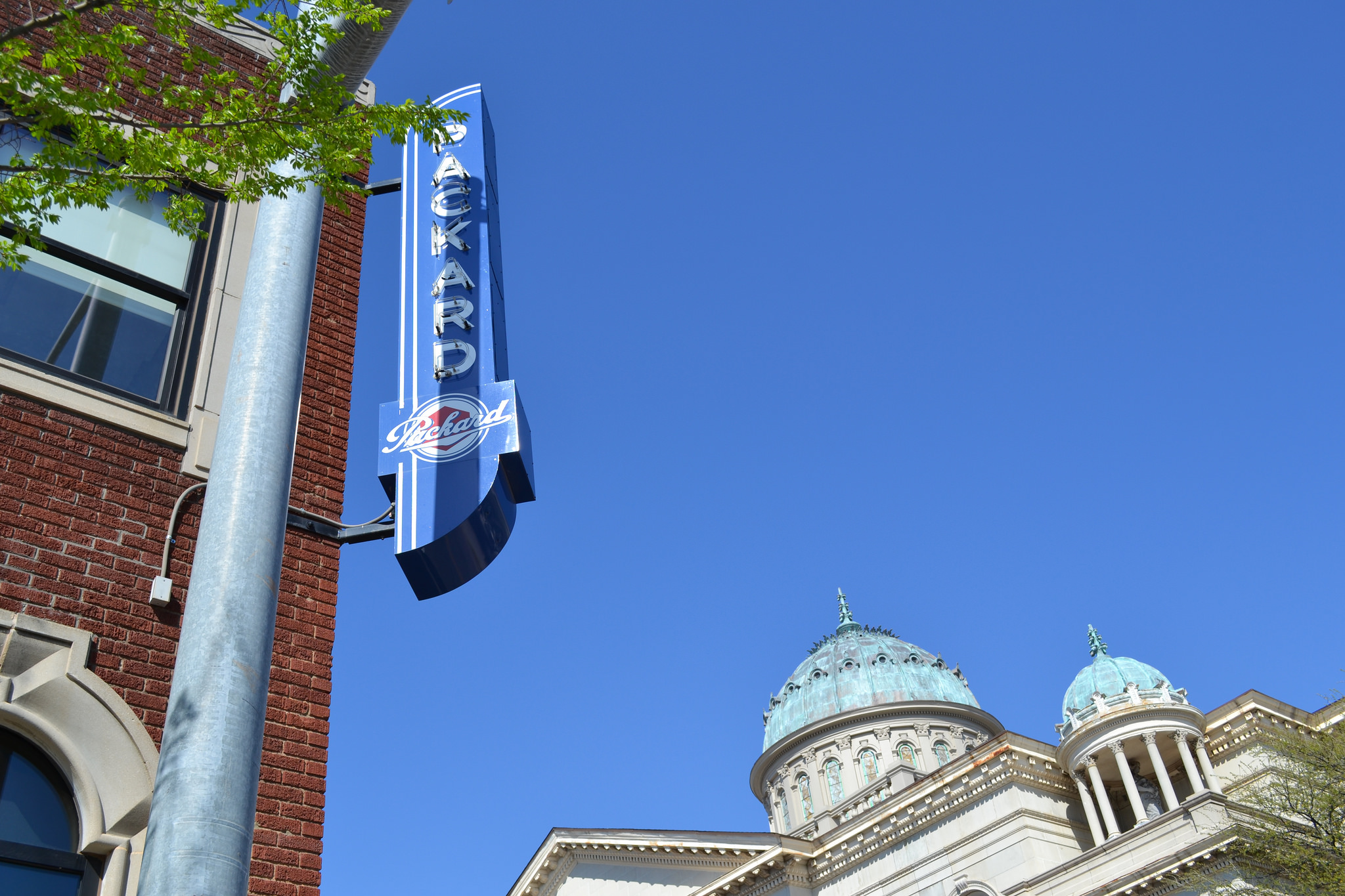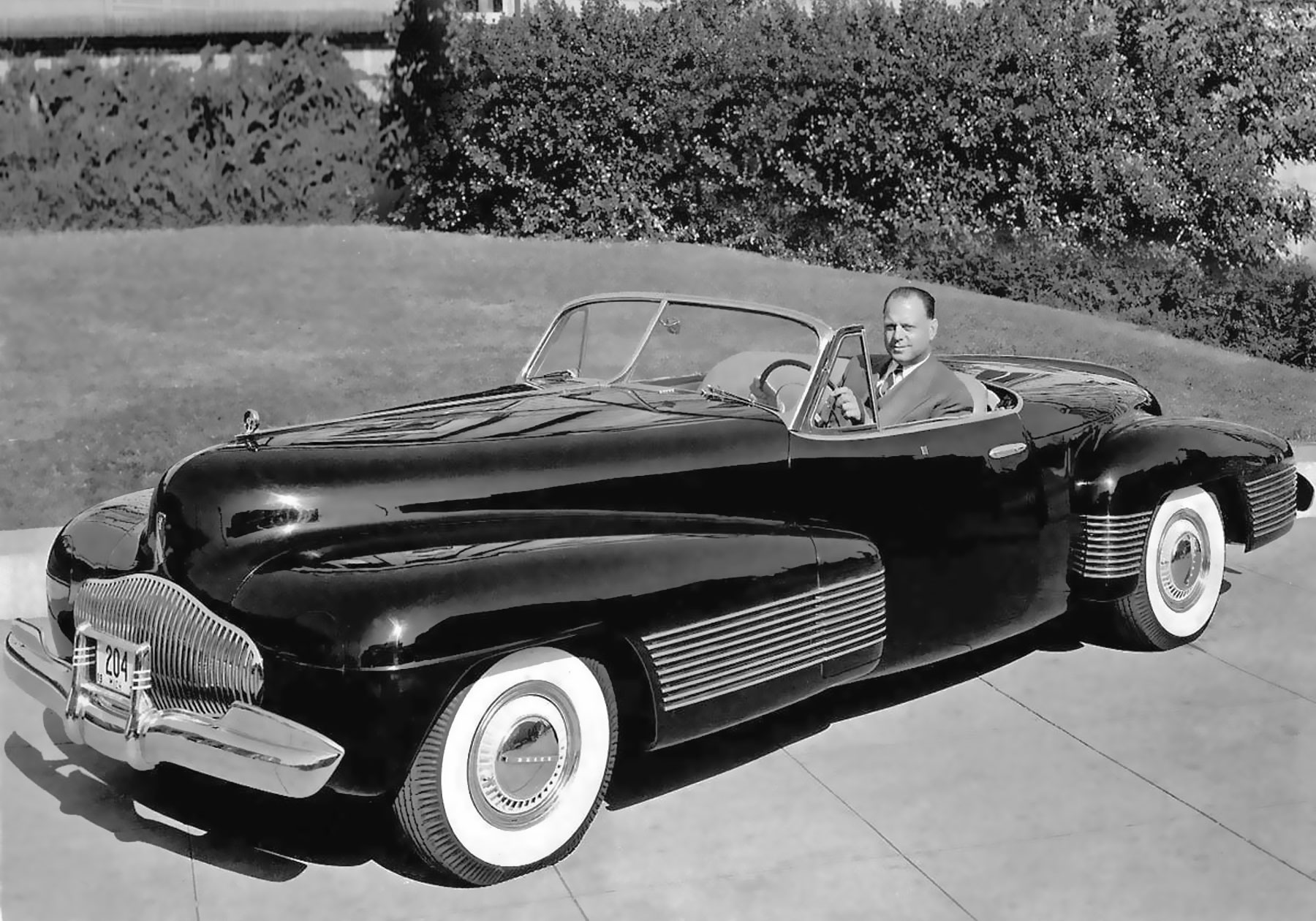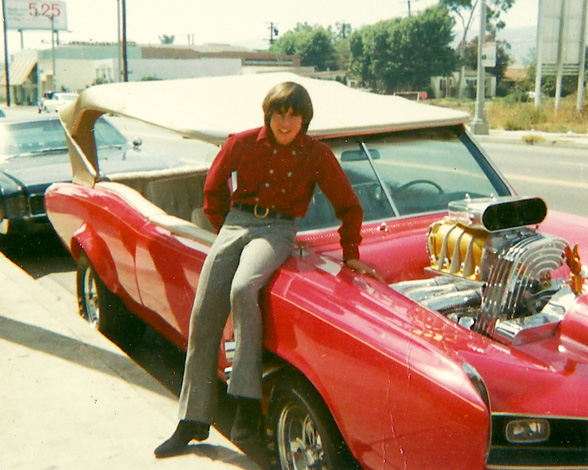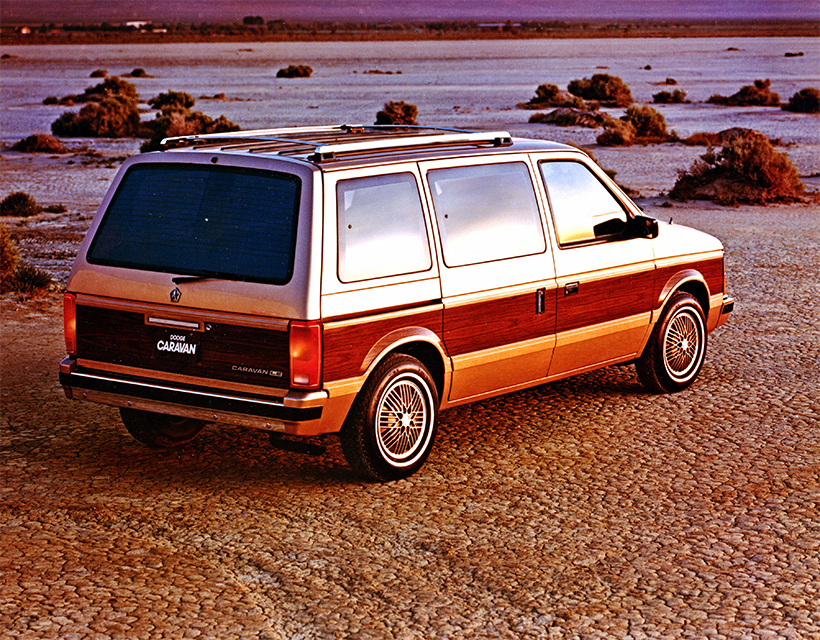America's automotive past is all around us, but it's usually hidden under decades of change. There were a lot more auto manufacturers back in the day, and many more car factories and dealerships. Usually, the buildings they occupied were abandoned and eventually torn down. Fortunately for us, some are still standing and tell a fascinating tale. So let's examine the hidden automotive history in the architecture of Oklahoma City.
Why Oklahoma City? OKC is a comparatively young city not as well known for its automotive contributions as, say, Detroit. But, as evidenced in neighborhoods like the now-trendy Automobile Alley district, it played quite an important role in manufacturing. Here's what Oklahoma City's past looks like in the present.

Source | Andy Jensen
Packard, 201 NW 10th St.
Packard built some of the most attractive cars in its day, and used ingenuity to compete with the giants of General Motors and Ford. Built in 1925 as a large dealership with indoor showrooms, its display area was big enough for a dynamometer to measure a new car's horsepower. After Packard ceased operation in the '50s, the building became a warehouse and, later, a bar.
Today, the early 20th-century brick architecture blends with modern windows the size of garage doors. Blueknight Energy now occupies the office space upstairs, while a large restaurant takes up most of the ground floor. Packard's New American Kitchen echoes not only the former car company's name but its ethos as well, with inspired yet affordable food.

Source | Andy Jensen
Ford, 900 W. Main St.
Henry Ford was always looking for ways to decrease costs and mass-produce more cars. He found his answer in the 1909 Model T. Ford built this factory in 1916 as part of its expansion plans to supply cars to the people. Within a few years, the company built 24 more factories across the country to help meet demand for the Model T. At its peak, this particular factory cranked out 200 cars a day.
The Great Depression stopped car production, but Ford continued to use the space as a regional parts warehouse until 1967. The factory that got America on the road deserved a 21st-century makeover, and it got one in 2016. The 21c Museum Hotel is a boutique hotel and contemporary art museum worthy of its building's historical importance.

Source | Andy Jensen
Pontiac, 1100 N. Broadway
During Pontiac's nearly 85 years making cars, the arrowhead logo fit legends like the GTO, Grand Prix, and Firebird, and later oddities like the Trans Sport and Aztek. Built in 1928, this 14,000-square-foot dealership likely featured cars like the 40-horsepower 6-28 coupe.
It's now home to contemporary office space housing British Petroleum's Lower 48 operations. While the workplace is entirely modern, the soul of the dealership is evident. Wooden floors are still spattered with paint, evidence of old-time bodywork. The break room features a garage door that opens to the sky. The ramp for loading vehicles onto the turntable display is still there. It's some kind of irony that a dealership servicing petroleum-burning cars would later house offices of one of the world's largest oil companies.

Source | Andy Jensen
Hupmobile, 824 N. Broadway
Hupmobile started building cars in Detroit, Mich., in 1909. It innovated one of the first steel car bodies but couldn't last through the Great Depression and stopped production in 1940. This restored building housed the Shelburne Motor Company, which was really more of a new and used dealer with full-service mechanics and even parts reconditioning.
After Hupp fell apart, the building went through an industrial period before falling into disrepair, along with the rest of downtown OKC, in the '70s. After a few decades of neglect, a full restoration created an attractive storefront and office space. The tall windows now provide an excellent showcase for fine-wine, spirits, and beer purveyor Broadway Wine Merchants. Even if you don't have a Hupp—stop by for a visit.

Source | Andy Jensen
GM, 7125 S. Air Depot Blvd.
Modern factories are also hiding in plain sight. Completed in the late 1970s, this GM Assembly built the unfortunate X-body and the slightly-less-terrible A-body. It shifted with the times through various other cars before finally hitting it big with SUVs. A tornado strike severely damaged it in 2003, but GM spent the money to get the plant operational just 53 days later. The Chevrolet TrailBlazer, GMC Envoy, and Oldsmobile Bravada rolled out the doors until 2006, when they shuttered and sold the plant.
Today, the 2.5-million-square-foot facility is home to the local Air Force base and still produces engines. This old factory may not make cars anymore, and the office spaces are the least fancy of the ones listed here, but the F-35's 29,000-horsepower engines are pretty sweet.

Source | Andy Jensen
Buick, 1101 N. Broadway
This is your grandfather's Buick. Built in 1927, the four-story Buick building was one of the first indoor showrooms in OKC, and currently anchors the Midtown district. The brick and limestone exterior was meticulously restored in 2014 and topped by a new vintage-style neon sign. Dramatic high ceilings befitting a warehouse now look great with updated halogen and LED lighting. The turntable and car elevator are both intact and operable. Mixing old and new themes is the ground-floor restaurant, Broadway 10.

Source | Andy Jensen
Buick, again, 504 N. Broadway
The Okies from a hundred years ago must have really liked Buicks. This is a smaller Buick dealership, as it was built in 1911 and earned the title of first showroom in the city. It was unique for being a direct sales showroom owned by Buick, rather than the dealer model we have today. There's a trendy event room upstairs called “The Showroom" which is available for $3,000 an evening—roughly twice the price of a late 1920's Buick. The building displays art from Ghost Gallery, and the street front is Red Prime Steakhouse.
Take a closer look at some old buildings, and you might catch a glimpse of America's automotive history. This was just a brief look at one city—let us know if you'd like to see more. And tell us what's hiding in your town.








